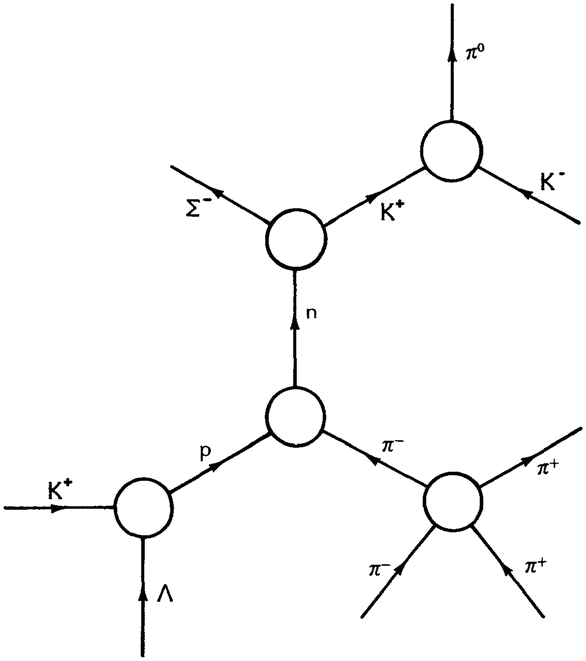
What I call in my writings the schizoid split in the internal setup of our culture, Capra called it the division between spirit and matter.Īs the idea of a division between spirit and matter took hold, the philosophers turned their attention to the spiritual world, rather than the material, to the human / soul and the problems of ethics. Thus began a trend of thought which led, ultimately, to the separation of spirit and matter and to a dualism which became characteristic of Western philosophy./7Ĭapra’s book is of course attempting to overcome that very dualism by showing that upon a deeper look a synthesis between Western scientific thought and Eastern philosophy is the only intelligent way out of the dilemma. This principle was first identified with the unity of the universe, but was later seen as an intelligent and personal God who stands above the world and directs it.

The split of this unity began with the Eleatic school, which assumed a Divine Principle standing above all gods and men. This time, however, it is not only based on intuition, but also on experiments of great precision and sophistication, and on a rigorous and consistent mathematical formalism./5–6Īn important discourse in The Tao of Physics is Capra’s report about the Eleatic school because it gives us an important clue for the origins of our intellectual dualism: In its most recent stages, Western science is finally overcoming this view and coming back to those of the early Greek and the Eastern philosophies.

It is interesting to follow the evolution of Western science along its spiral path, starting from the mystical philosophies of the early Greeks, rising and / unfolding in an impressive development of intellectual thought that increasingly turned away from its mystical origins to develop a world view which is in sharp contrast to that of the Far East. If physics leads us today to a world view which is essentially mystical, it returns, in a way, to its beginning, 2500 years ago. Much was written about The Tao, and it is almost always considered as a synthetic and holistic vision of modern physics seen through the glasses of ancient mysticism! But more importantly, let us ask how the author made his point?įritjof Capra made his point by assembling a number of small points, one after the other, for finally proving the whole of his thesis or theory.


 0 kommentar(er)
0 kommentar(er)
